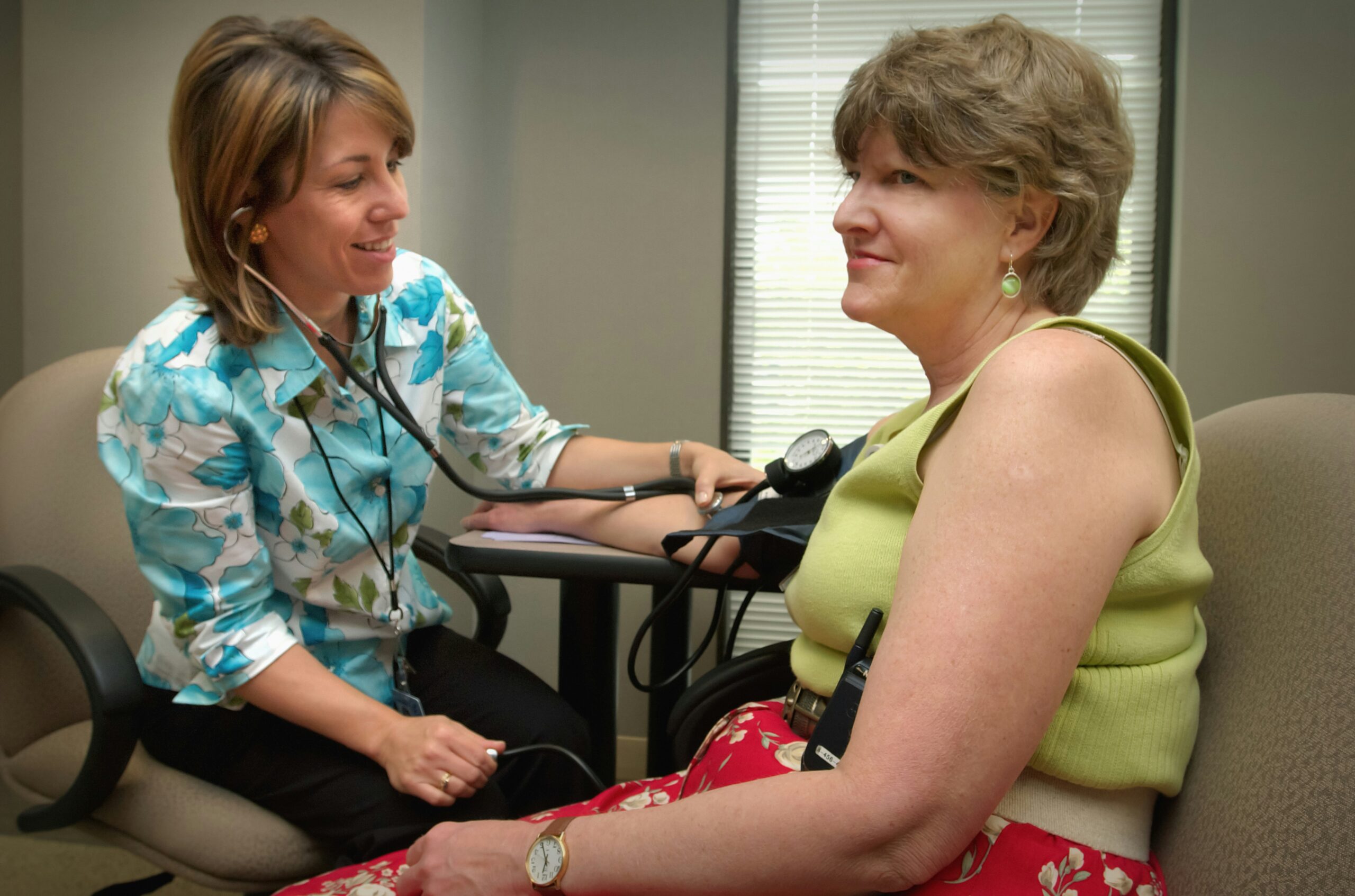
Communication in healthcare is far more than a simple exchange of information. Every conversation between a provider and a patient shapes the experience, influences treatment outcomes, and impacts trust. When healthcare professionals communicate skillfully, they create an environment where patients feel safe, understood, and empowered. On the other hand, poor communication can lead to confusion, frustration, and even medical errors. Mastering the art of healthcare communication is therefore essential to delivering care that is both effective and compassionate.
Listening as a Healing Tool
Listening actively forms the foundation of meaningful patient interactions. Providers must focus entirely on what the patient expresses, paying attention not only to words but also to tone, pauses, and body language. By responding thoughtfully and avoiding interruptions, clinicians show respect and empathy. Patients who feel genuinely heard are more likely to provide complete information about their symptoms, improving diagnosis accuracy. Furthermore, active listening helps to identify unspoken concerns, allowing providers to address issues before they escalate.
Communicating Clearly and Simply
Medical jargon can confuse patients and create unnecessary anxiety. Healthcare providers must translate complex terminology into clear, simple language that patients can understand. When explanations are straightforward and examples are relatable, patients grasp the nature of their conditions and the steps they need to take for treatment. Clear communication also ensures patients follow instructions correctly, reducing the likelihood of mistakes. Transitioning smoothly between technical information and practical guidance helps patients feel informed rather than overwhelmed.
Empathy in Every Interaction
Empathy plays a critical role in building trust and rapport. Patients often approach healthcare encounters with fear or uncertainty. A compassionate tone and genuine acknowledgment of emotions can significantly ease these feelings. By validating patient concerns, providers create a safe space where patients feel comfortable sharing sensitive information. Emotional support delivered through words strengthens the therapeutic relationship and enhances cooperation, leading to better outcomes and higher patient satisfaction.
The Impact of Nonverbal Communication
Nonverbal signals complement spoken words in conveying understanding and care. Eye contact, posture, facial expressions, and gestures communicate attentiveness and empathy. Positive nonverbal cues, such as nodding or maintaining open body language, reinforce the message and make patients feel valued and respected. Conversely, distracted or defensive body language can diminish trust and hinder communication. Effective providers integrate both verbal and nonverbal techniques to ensure that their intended message is conveyed clearly and fully to the patient.
Respecting Diversity and Cultural Differences
Effective communication requires awareness of cultural diversity. Patients’ beliefs, values, and expectations regarding healthcare vary widely. Providers who adapt their communication style to respect these differences demonstrate consideration and professionalism. Using culturally sensitive language and avoiding assumptions promotes inclusivity and trust. When patients feel their background is acknowledged, they are more likely to engage openly and follow recommended treatments, improving overall care outcomes.
Balancing Technology and Human Connection
Technology has transformed healthcare communication, offering tools such as telemedicine, electronic messaging, and digital health records. These platforms provide convenience and accessibility, but they require careful attention to maintain clarity and empathy. Written instructions must be precise and easy to follow, while video consultations demand awareness of tone and visual cues. When used thoughtfully, technology enhances communication and patient engagement. However, maintaining personal connection remains critical, as the human element in healthcare cannot be replaced by screens or text alone.
Continuous Learning for Better Communication
Mastering communication is an ongoing process. Healthcare providers benefit from regular training, feedback, and self-reflection. Workshops, role-playing exercises, and professional development programs help refine skills in empathy, clarity, and cultural sensitivity. Reflecting on interactions enables providers to identify areas for improvement and tailor their approach to meet the diverse needs of patients. Organizations that prioritize communication training foster a culture where patients consistently receive attentive, respectful, and effective care.
Words have the power to heal, guide, and comfort. In healthcare, effective communication strengthens the provider-patient relationship, reduces stress, and improves outcomes. By listening actively, speaking clearly, showing empathy, attending to nonverbal cues, respecting cultural differences, and integrating technology thoughtfully, providers can deliver care that is both compassionate and efficient. When communication becomes a deliberate and practiced skill, it transforms every interaction into an opportunity for healing, making patient care more meaningful and impactful.